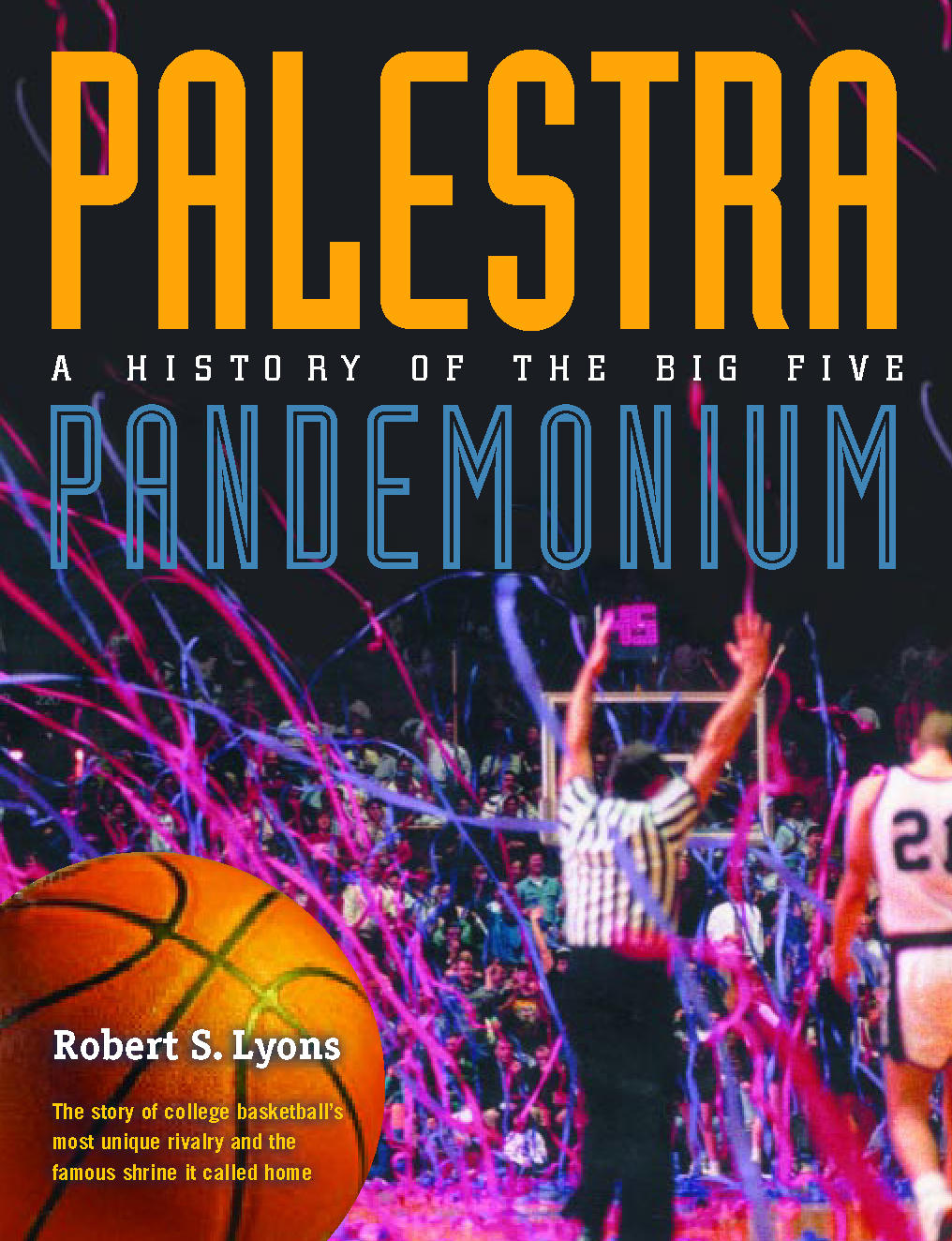This week in North Philly Notes, we showcase our annual Holiday Book Sale, being held through December 1 from 11:00 am – 2:00 pm at the Event Space in Charles Library, 1900 N. 13th Street in Philadelphia, PA.

Meet Ray Didinger, author of Finished Business and The Eagles Encyclopedia: Champions Edition December 1 from 11:00 am – 12:00 pm.
Gift Books and Philadelphia Interest Titles




Salut!: France Meets Philadelphia, by Lynn Miller and Therese Dolan
Salut! provides a magnifique history of Philadelphia seen through a particular cultural lens.
Monument Lab: Creative Speculations for Philadelphia, edited by Paul M. Farber and Ken Lum
Monument Lab energizes a civic dialogue about public art and history around what it means to be a Philadelphian.
Beethoven in Beijing: Stories from the Philadelphia Orchestra’s Historic Journey to China, by Jennifer Lin, with a foreword by Philadelphia Orchestra Music Director Yannick Nézet-Séguin
A fabulous photo-rich oral history of a boundary-breaking series of concerts the orchestra performed under famed conductor Eugene Ormandy in China 50 years ago.
The Italian Legacy in Philadelphia: History, Culture, People, and Ideas, edited by Andrea Canepari and Judith Goode
Celebrates the history, impact, and legacy of this vibrant community, tracing four periods of key transformation in the city’s political, economic, and social structures.




BLAM! Black Lives Always Mattered!: Hidden African American Philadelphia of the Twentieth Century, by the Charles L. Blockson Afro-American Collection, Foreword by Lonnie G. Bunch III
The inspiring stories of 14 important Black Philadelphians in graphic novel form!
Real Philly History, Real Fast: Fascinating Facts and Interesting Oddities about the City’s Heroes and Historic Sites, by Jim Murphy
Philly history in bites that are as digestible as a soft pretzel with mustard!
Exploring Philly Nature: A Guide for All Four Seasons, by Bernard S. Brown, Illustrations by Samantha Wittchen
A handy guide to experiencing the flora and fauna in Philly, this compact illustrated volume contains 52 activities for discovering, observing, and learning more about the concrete jungle that is Philadelphia all year long!
Artists of Wyeth Country: Howard Pyle, N. C. Wyeth, and Andrew Wyeth, by W. Barksdale Maynard
An unauthorized and unbiased biographical portrait of Andrew Wyeth that includes six in-depth walking and driving tours that allow readers to visit the places the Wyeths and Pyle painted in Chadds Ford, PA.




The Mouse Who Played Football, by Brian Westbrook Sr, and Lesley Van Arsdall, with illustrations by Mr. Tom.
An inspiring story, based on Westbrook’s own experiences, that encourages young readers to believe in themselves and make their unique differences their strengths.
Do Right By Me: Learning to Raise Black Children in White Spaces, by Valerie I. Harrison and Kathryn Peach D’Angelo
Through lively and intimate back-and-forth exchanges, the authors share information, research, and resources that orient parents and other community members to the ways race and racism will affect a black child’s life—and despite that, how to raise and nurture healthy and happy children.
The Magic of Children’s Gardens: Inspiring Through Creative Design, by Lolly Tai, with a Foreword by Jane L. Taylor
Landscape architect Lolly Tai provides the primary goals, concepts, and key considerations for designing outdoor spaces that are attractive and suitable for children, especially in urban environments.
The Real Philadelphia Book, Second Edition, by Jazz Bridge
A collection of more than 200 original jazz and blues compositions, arranged alphabetically by song title, showcasing work by generations of Philadelphia musicians.
Filed under: african american studies, american studies, animals/society, art, civil rights, cultural studies, economics/business, Education, ethics, gender studies, History, immigration, Jewish, Labor Studies, literature, Mass Media and Communications, Music, Philadelphia, photography, political science, race and ethnicity, racism, sociology, sports, Urban Studies, women's studies | Tagged: art, black lives matter, books, children, culture, design, gifts, history, Holiday Book Sale, jazz, music, Nature, philadelphia, racism, Temple University Press | Leave a comment »








 .
. 
















































 Fast-forward to 2007. I had just finished writing my Master’s thesis on reggaetón, exploring why fans across the United States felt that the music expressed their bicultural identity and values. Then a friend invited me to a show featuring a psychobilly band called Nekromantix. I had never heard of “psychobilly.” Intrigued, I went to the show and was stunned by what I saw. The fans blended aspects of 1950s rockabilly and punk rock. They looked like a hybrid of Elvis and the Sex Pistols. Some had a greased-up pompadour, while others had an exaggerated flattop mutated with a Mohawk. Clothes and tattoos featured symbols that signified an obsession with the macabre—coffins, bats, skeletons, monsters—done in a cartoonish, horror B-movie camp style. The music matched the fashion: it sounded like a harder, faster, more “punk” version of rockabilly with lyrics about
Fast-forward to 2007. I had just finished writing my Master’s thesis on reggaetón, exploring why fans across the United States felt that the music expressed their bicultural identity and values. Then a friend invited me to a show featuring a psychobilly band called Nekromantix. I had never heard of “psychobilly.” Intrigued, I went to the show and was stunned by what I saw. The fans blended aspects of 1950s rockabilly and punk rock. They looked like a hybrid of Elvis and the Sex Pistols. Some had a greased-up pompadour, while others had an exaggerated flattop mutated with a Mohawk. Clothes and tattoos featured symbols that signified an obsession with the macabre—coffins, bats, skeletons, monsters—done in a cartoonish, horror B-movie camp style. The music matched the fashion: it sounded like a harder, faster, more “punk” version of rockabilly with lyrics about 


















